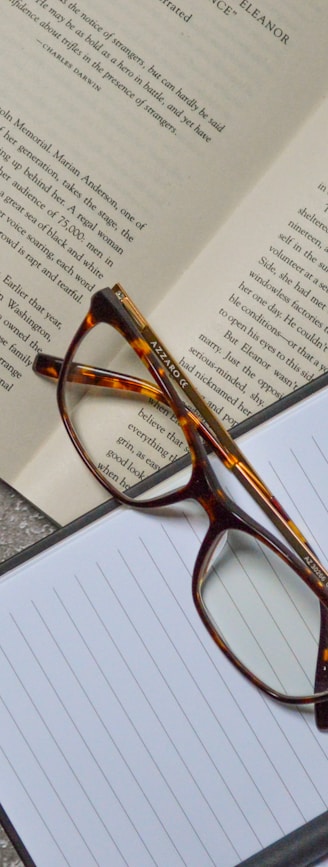Both copyediting and proofreading can address grammar, spelling, and punctuation errors in the text. There are two main differences between copyediting and proofreading: timing and focus.
Copyediting
The copyediting process takes place once the storyline has been finalized. When copyediting a document, I am working at the sentence level, looking for flow and minimizing repetition. Each sentence should support the intent of the paragraph. Copyediting is focusing on the mechanics to ensure the author's voice will be received by the audience. To achieve this, the following questions are considered:
Is the sentence grammatically correct?
Is the sentence too long? or not long enough?
Is an active or passive voice used?
Is new information provided, or is there repetition?
Does this sentence support the content?
Proofreading
The final step in the editing process—after typesetting and before document publication—involves correcting any errors in textual and visual elements. When proofreading, I look for:
Grammar errors - incorrect word use, missing articles, syntax
Improper capitalization
Incorrect punctuation
Mistakes in text and format alignment, page breaks, consistent fonts, line spacing
Spelling errors
Note: Proofreaders do not change the tone of the document, the structure, or complete any other type of editing.
SuzySharpEyes, Copyediting & Proofreading
Quality Counts! I can proof it.


Style Guides & Style Sheets
It is important to maintain a consistent presentation throughout a document. When possible, proofreaders follow directives in industry-standard Style Guides. There are different style guides for different document types. For example, most fiction books follow punctuation, capitalization and grammar guidelines included in the Chicago Manual of Style, whereas, the American Press Style Guide is normally used for newspapers and journals.
A Style Sheet provides specific formatting, spelling, grammar and other rules for one - or a series - of documents. While a Style Guide provides general text standards, a Style Sheet contains the specific style rules and characteristics to be applied for the material under review. For example. the style sheet accompanying a novel should contain a list of character names, any acronyms used, date and heading formats, plot timeline, and any other requirements to maintain consistency throughout the document.
If a style sheet is not provided by a client with the material for proofreading, I will create one and include it with the final documents.
Document types accepted:
While I am open to proofreading other document types, I have more experience with the following:
Fiction Manuscripts - Mystery/Crime/Thriller
Non-Fiction Manuscripts - How-to, Self-help, Memoir
Technical Documentation - Application and user documentation
Transcripts - Court documents or other written transcriptions
Average turnaround time:
The time will depend on the detail level and the type of document. On average, I complete 10,000-15,000 words per day.
Proofreading sample:
A 400–600-word sample edit of your document can be provided for material over 5,000 words.


©SuzySharpEyes All Rights Reserved. www.SuzySharpEyes.ca hosted by Zyro,Inc.
